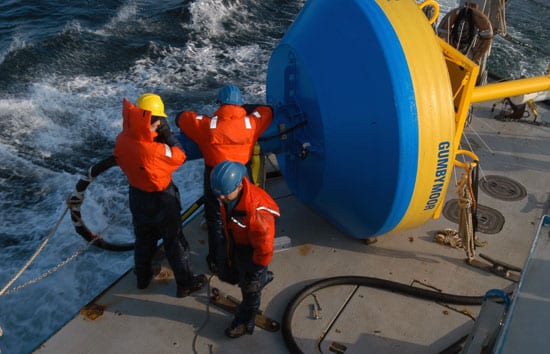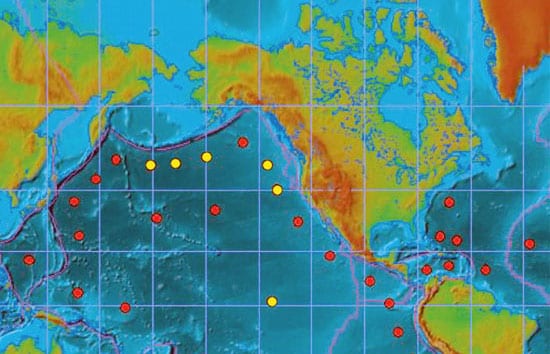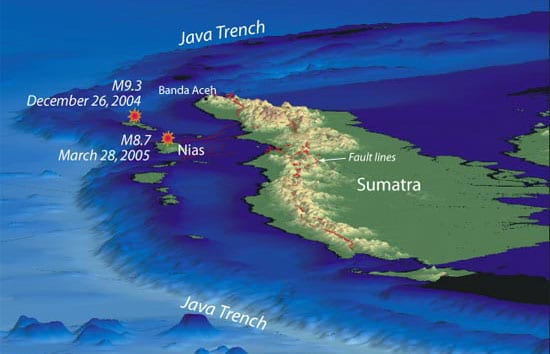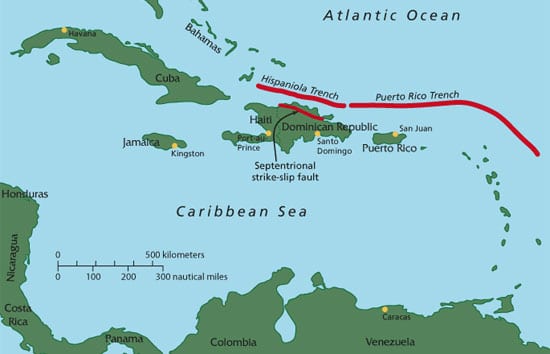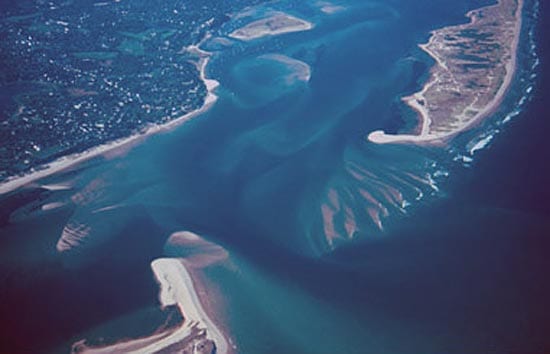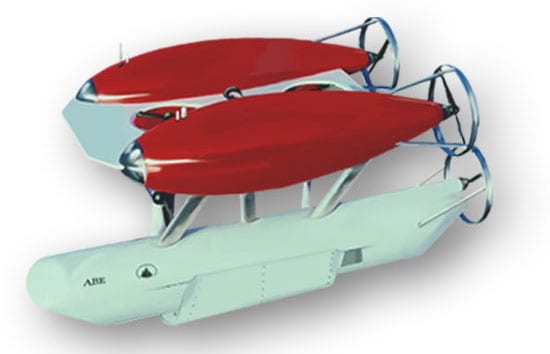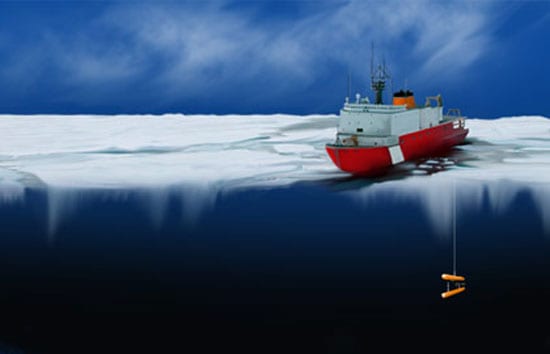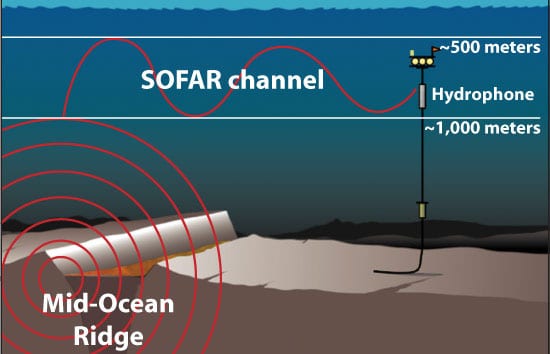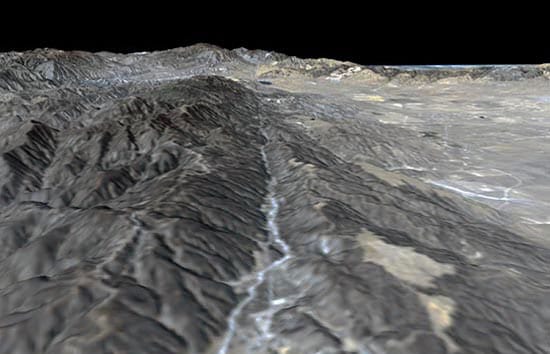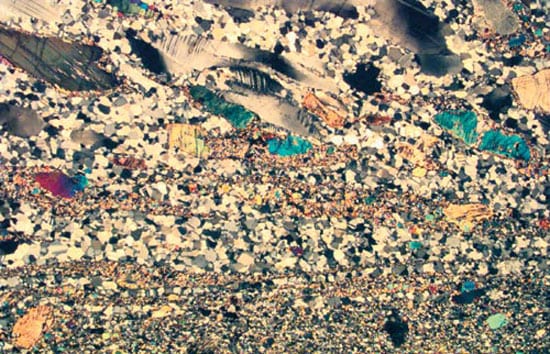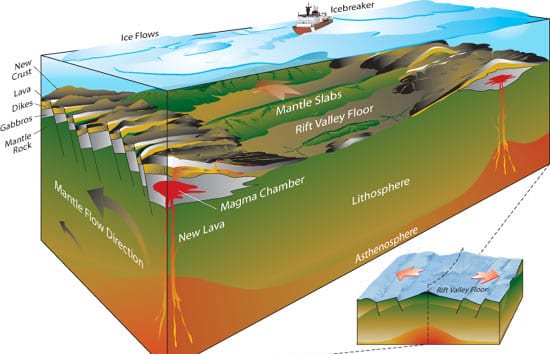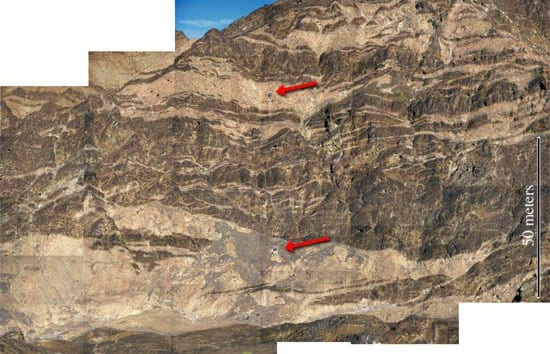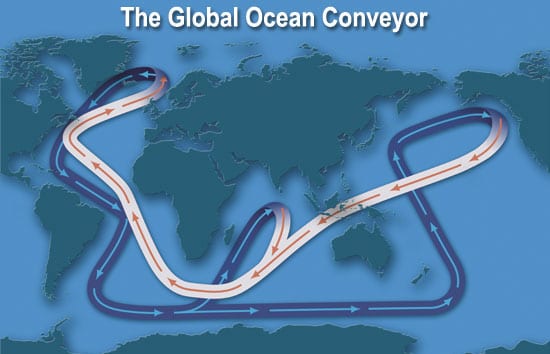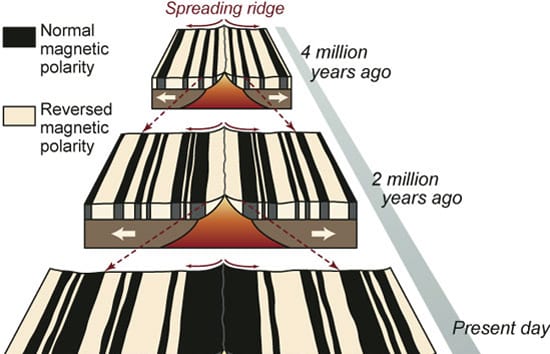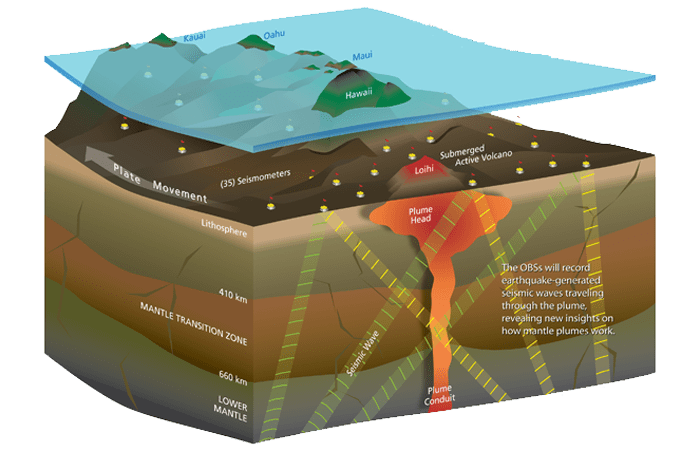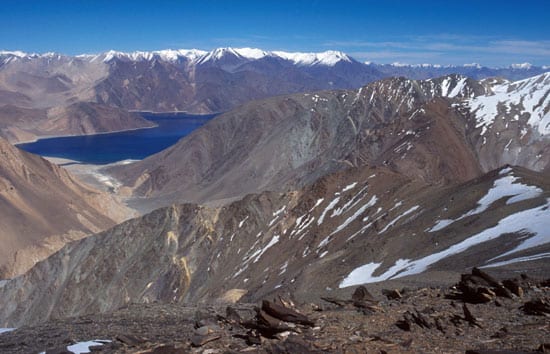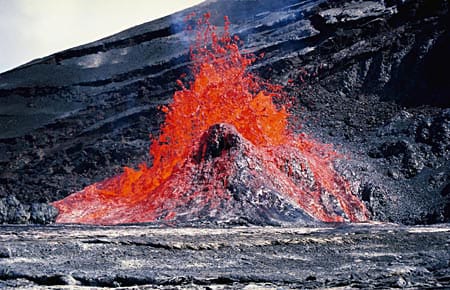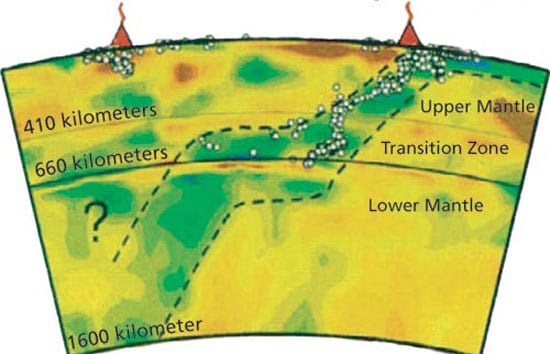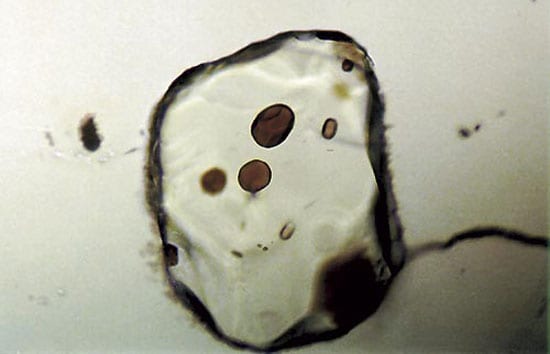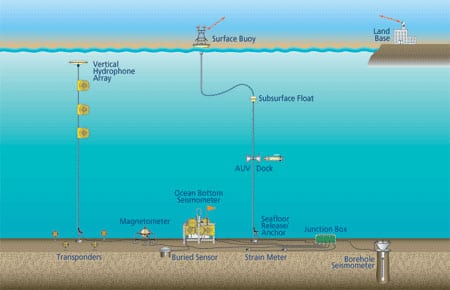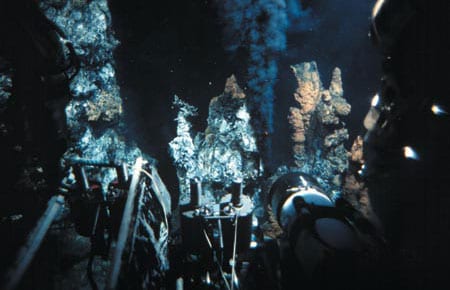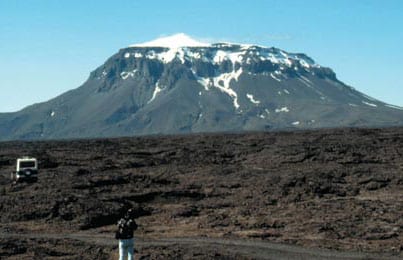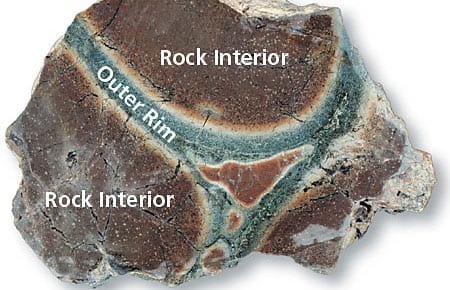Geology & Geophysics
What Could a Tsunami Network Look Like in the Future?
The Deep-ocean Assessment and Reporting (DART) system is battle-tested and operational, so it makes sense to use such buoys to address the immediate need for a tsunami network. Researchers at WHOI are concentrating on the next generation of multidisciplinary ocean observing platforms.
Read MoreBuilding a Tsunami Warning Network
Since the great Indonesian earthquake and tsunami of December 26, 2004, policy-makers and scientists around the globe have been embracing a rare moment of public attention on the oceans, accelerating plans to create a comprehensive tsunami-warning network and to make citizens better prepared for the next massive wave. Another potent earthquake along the same fault on March 28, 2005, has increased that sense of urgency.
Read MoreIn the Tsunami’s Wake, New Knowledge About Earthquakes
If any good has come from the recent devastating earthquakes off Sumatra, it is that they are providing scientists with unprecedented clues to understanding how these large undersea earthquakes occur and how they create tsunamis.
Read MoreTsunamis in the Caribbean? It’s Possible.
In a study published Dec. 24, 2004, in the Journal of Geophysical Research, Woods Hole geologists Uri ten Brink and Jian Lin reported a heightened earthquake risk from the Septentrional fault zone, which cuts through the highly populated Cibao valley in the Dominican Republic.
Read MoreRising Sea Levels and Moving Shorelines
Changes to the shoreline are inevitable and inescapable. Shoals and sandbars become islands and then sandbars again. Ice sheets grow and shrink, causing sea level to fall and rise as water moves from the oceans to the ice caps and back to the oceans. Barrier islands rise from the seafloor, are chopped by inlets, and retreat toward the mainland. Even the calmest of seas are constantly moving water, sand, and mud toward and away from the shore, and establishing new shorelines.
Realizing the Dreams of da Vinci and Verne
Leonardo da Vinci made the first drawings of a submarine more than 500 years ago, and Jules Verne published 20,000 Leagues Under the Sea in 1875. But only in the past few decades has the dizzying pace of technological advances allowed us to realize their dreams of exploring the ocean depths and taking humans to the seafloor.
Read MoreUnique Vehicles for a Unique Environment
For climatologists and physical oceanographers, it is often said that the Arctic is a canary in the environmental coal mine. In the isolated Arctic Ocean Basin, a variety of oceanographic and other processes have conspired to create a layer of cold, salty water called a halocline, which shields the sea ice from underlying warmer waters that would otherwise melt it.
Read MoreEars in the Ocean
If you sought to delve into the forces that drive and shape the face of the earth and that distinguish it from all other planets in our solar system, you would shine a spotlight on the mid-ocean ridges.
Read MoreEarthshaking Events
When I was still a schoolboy in China, two major earthquakes occurred, about a year apart. They had a profound impact on my life and on the Chinese people. The…
Read MorePeering into the Crystal Fabric of Rocks
“Rock solid” is an oxymoron, to my way of thinking. Oh, the expression does have some truth in that minuscule, superficial portion of our planet where humans dwell. But the majority of rocks nearly everywhere else in the earth are continually changing their physical characteristics.
Read MoreEarth’s Complex Complexion
Even as you read this, Earth’s crust is continually being reborn and recycled in a dynamic process that fundamentally shapes our planet. We’re not generally aware of all this action because most of it occurs at the seafloor, under a formidable watery shroud, and often in remote regions of the oceans.
Read MoreUnraveling the Tapestry of Ocean Crust
Most people know that oceans cover about 70 percent of Earth’s surface. Fewer people realize that the crust beneath oceans and continents is fundamentally different. Why this is so remains a mystery that scientists are still trying to solve.
Read MoreHow the Isthmus of Panama Put Ice in the Arctic
The long lag time has always puzzled scientists: Why did Antarctica become covered by massive ice sheets 34 million years ago, while the Arctic Ocean acquired its ice cap only about 3 million year ago?
Read MorePaving the SeafloorBrick by Brick
Most of Earth’s crust is manufactured at the bottom of the sea. Deep beneath the waves and beyond our view, magma erupts along a 40,000-mile volcanic mountain chain that bisects the ocean floors and encircles the globe. The lava flowing from these mid-ocean ridges solidifies into new ocean crust that spreads out and paves the surface of our planet.
Read MoreListening Closely to ‘See’ Into the Earth
Today, excitement and anticipation is growing because of new generations of seismographs designed for use in the oceans. These new instruments will comprise a new national pool of instruments for use by the scientific community.
Read MoreMoving Earth and Heaven
The mountains rise, are lashed by wind and weather, and erode. The rivers carry mud and debris from the mountains into the ocean, where they settle onto the relatively tranquil seafloor and are preserved. The sediments bear evidence about where they came from, what happened to them, and when. By analyzing, measuring, and dating these seafloor sediments, scientists can piece together clues to reconstruct when and how fast their mountain sources rose to great heights millions of years ago, and how the climate and other environmental conditions may have changed in response.
Read MoreConduits Into Earth’s Inaccessible Interior
Jules Verne wrote about a way to journey to the center of the earth, but unfortunately, we haven’t found it yet. So we really don’t know what happens deep inside our planet.
Read MoreThe Engine that Drives Earth
Poets and philosophers have celebrated the timelessness of the land around us for eons, but the solid Earth is actually a very dynamic body. Great tectonic plates are in constant motion at Earth’s surface.
Read MoreIf Rocks Could Talk…
Every rock on Earth contains a clock, a thermometer, and a barometer.
Read MoreTwo WHOI Scientists Recognized with Endowed Positions
Two scientists have been recognized by the Woods Hole Oceanographic Institution (WHOI) for their contributions to ocean sciences research. Drs. Daniel J. Fornari of the Geology and Geophysics Department and Rui Xin Huang of the Physical Oceanography Department have been named recipients of a W. Van Alan Clark Chair for Excellence in Oceanography at the Institution. Each endowed chair brings financial support for a period of five years, allowing the recipient the freedom to pursue a variety of career interests. The awards were announced today during the Institution’s fall meeting of the Board of Trustees and Members of the Corporation and are effective January 1, 2002.
Read MoreSeafloor to Surface to Satellite to Shore
The next great leap in our understanding of the earth-ocean system will require us to put our “eyes” and “ears” in the ocean to observe the dynamic processes going on there as they are happening, in real time.
Read MoreALISS in Wonderland
In 1985, Cindy Van Dover, then a graduate student in biology in the MIT/WHOI Joint Program, discovered a novel light-sensing organ on a unique species of shrimp that lives at high-temperature, black smoker chimneys on the Mid-Atlantic Ridge. If this photoreceptor were indeed some sort of primitive “eye,” the question instantly arose: At depths of some 3,600 meters, where sunlight cannot penetrate, what are these shrimp looking at? The search for a source of light in deep-sea hydrothermal environments began.
Read MoreHitting the Hotspots
The great volcanic mid-ocean ridge system stretches continuously around the globe for 60,000 kilometers, nearly all of it hidden beneath the world’s oceans.
Read MoreThe Cauldron Beneath the Seafloor
Just over 20 years ago, scientists exploring the mid-ocean ridge system first made the spectacular discovery of black smokers—hydrothermal chimneys made of metal sulfide minerals that vigorously discharge hot, dark, particulate-laden fluids into the ocean.
Read More
